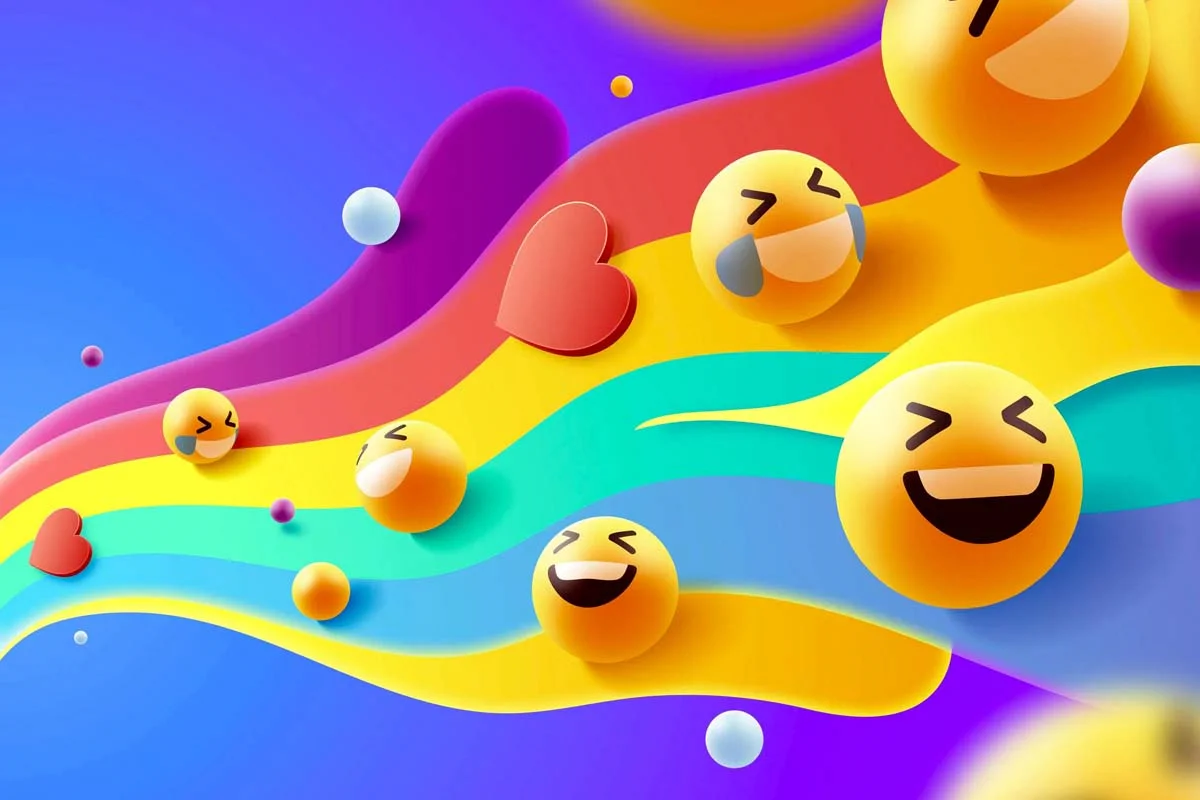
The Future of SEO: What Marketers Need to Know This Year
10/28/2025
Top Social Media Trends That Will Dominate 2025
10/28/2025In a world overflowing with ads and algorithms, one thing still captures attention like nothing else — a good story. Storytelling isn’t a marketing trend; it’s human nature.
People remember emotions, not slogans. They connect with journeys, not product specs. That’s why storytelling has become the most powerful tool in modern digital marketing.
1. What Makes Storytelling So Powerful
Stories engage multiple parts of the brain — logic, emotion, and imagination.
When people feel something, they’re more likely to trust, remember, and act.
| Story Element | Marketing Benefit | Example |
|---|---|---|
| Emotion | Builds connection and loyalty | Inspiring customer success videos |
| Conflict & Resolution | Keeps attention and shows transformation | “Before vs After” brand campaigns |
| Character | Helps audiences identify with the message | Founder stories or customer journeys |
“Facts tell, but stories sell.” – This is the essence of emotional marketing.
2. The Psychology Behind Story-Driven Marketing
Humans process stories 22 times more effectively than pure data.
That’s because stories trigger oxytocin, the empathy hormone, which builds trust and engagement.
Key psychological triggers:
- Relatability: People want to see themselves in your story.
- Authenticity: Real experiences create real loyalty.
- Purpose: A story without meaning is quickly forgotten.
When your content moves beyond promotion and becomes personal, it transforms from an ad into an experience.
3. How to Craft a Marketing Story That Works
Every great marketing story follows a structure — one that takes your audience on a journey.
The 3-Act Framework
- The Beginning: Present the problem or desire your audience faces.
- The Middle: Introduce your brand as the guide or solution.
- The End: Show the transformation and the reward of choosing your brand.
Example:
A small business struggles with visibility → discovers SumadHub’s SEO services → achieves record traffic growth.
That’s not just a case study — it’s a story of transformation.
4. Storytelling Across Digital Channels
You can weave stories into every marketing platform.
Each channel plays a unique role in your brand narrative.
| Channel | Storytelling Approach | Example Use |
|---|---|---|
| Website | Tell your brand origin and mission | “About Us” and case study pages |
| Social Media | Share real-time moments and customer journeys | Reels, testimonials, campaigns |
| Email Marketing | Personalize your messages with human tone | Founder notes, behind-the-scenes |
| Ads | Use micro-stories that spark emotion in seconds | Short narrative video ads |
💡 Pro tip: The shorter the attention span, the more emotional your story should be.
5. Data + Emotion = Perfect Storytelling
Modern storytelling isn’t guesswork — it’s guided by analytics.
Combine emotional resonance with measurable insights.
Data-driven storytelling workflow:
- Use analytics to identify top-performing content themes.
- Track engagement rates (clicks, shares, time on page).
- Refine future stories around what your audience reacts to most.
Emotion draws attention. Data ensures it performs.
6. Brand Storytelling Examples That Inspire
- Nike: Turns athletes into heroes overcoming limits.
- Airbnb: Shares stories of connection and belonging.
- Apple: Focuses on creativity and human innovation.
- Dove: Highlights real people, not models, in its “Real Beauty” campaign.
Each of these brands sells not a product, but a feeling — aspiration, creativity, empowerment, or belonging.
7. The Role of Visual Storytelling
Images, videos, and animations enhance emotional depth.
A photo of a customer using your service says more than paragraphs of copy.
Tips for visual impact:
- Keep visuals consistent with your brand colors and tone.
- Use short-form videos for authenticity.
- Add captions to make content accessible and engaging.
| Visual Type | Purpose | Platform |
|---|---|---|
| Infographics | Simplify data stories | Blogs, LinkedIn |
| Short Videos | Create quick emotional hooks | Instagram, TikTok |
| Case Study Graphics | Build credibility visually | Website, slides |
8. Storytelling Mistakes to Avoid
- Being too promotional: Stories shouldn’t sound like ads.
- Ignoring the audience: Focus on their journey, not just your product.
- Lacking clarity: Every story needs a clear message or emotion.
- Forgetting follow-up: Continue your story across multiple touchpoints.
9. Turning Customers Into Storytellers
Your customers are your best narrators. Encourage them to share their experiences through:
- Reviews and testimonials
- User-generated content campaigns
- Interview-style blog posts or social highlights
Nothing builds trust faster than a real customer’s journey.
10. The Future of Storytelling in Marketing
The next phase of storytelling blends AI analytics with human creativity.
Marketers can now test emotional responses, analyze tone, and predict engagement — but the heart of storytelling will always remain human.
Final Thoughts
In a digital world full of noise, stories cut through the clutter.
They give your brand a soul, turn your audience into believers, and transform clicks into connections.
At SumadHub, we believe storytelling isn’t just marketing — it’s how brands become memorable.
The next great story could be yours.

